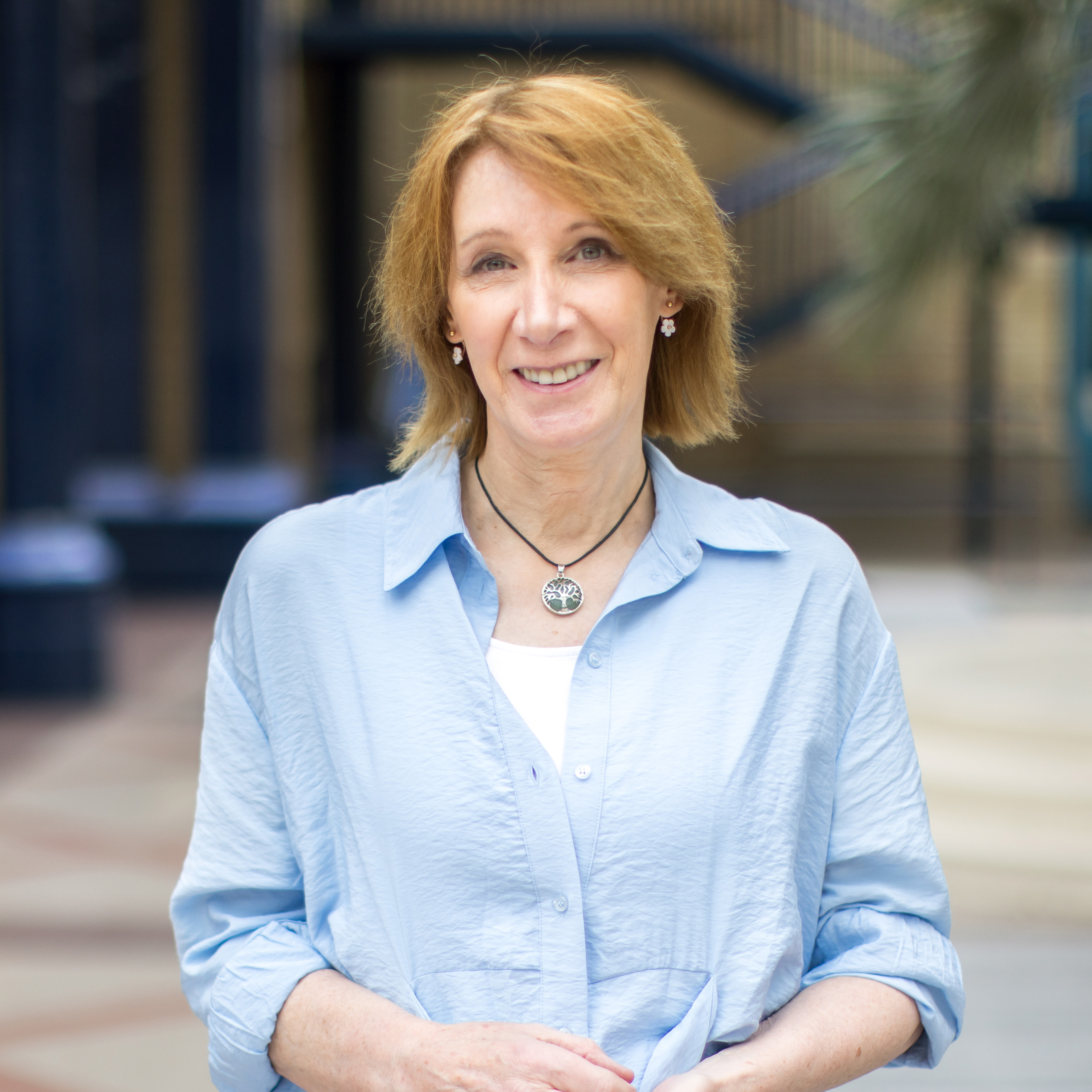Philippa York analysis: Nervous Tour de France opening has been typical of the genre
Quintana's luck won't improve until his positioning does
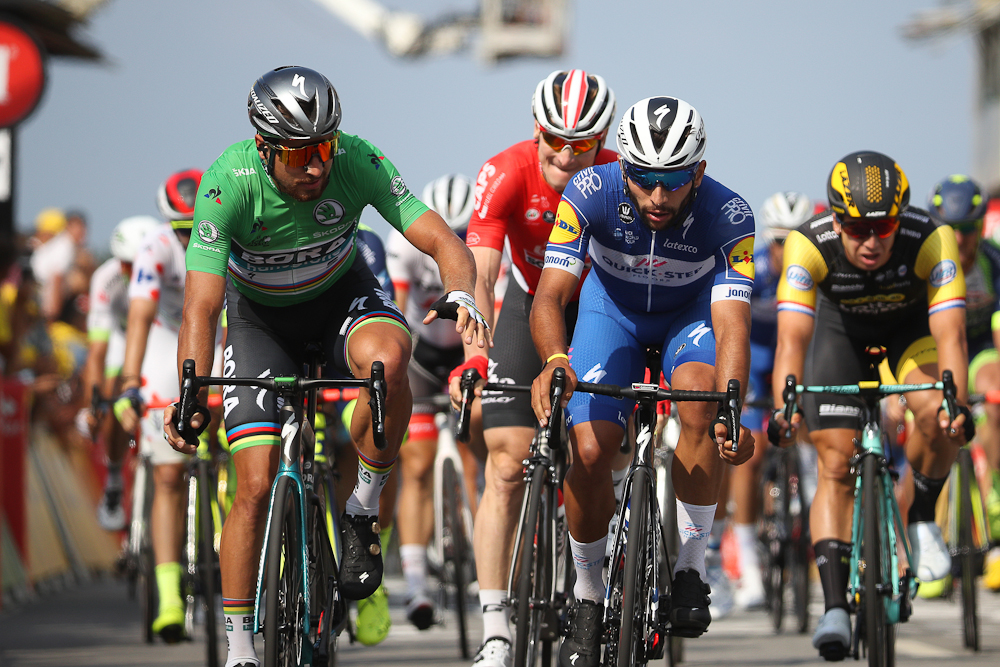
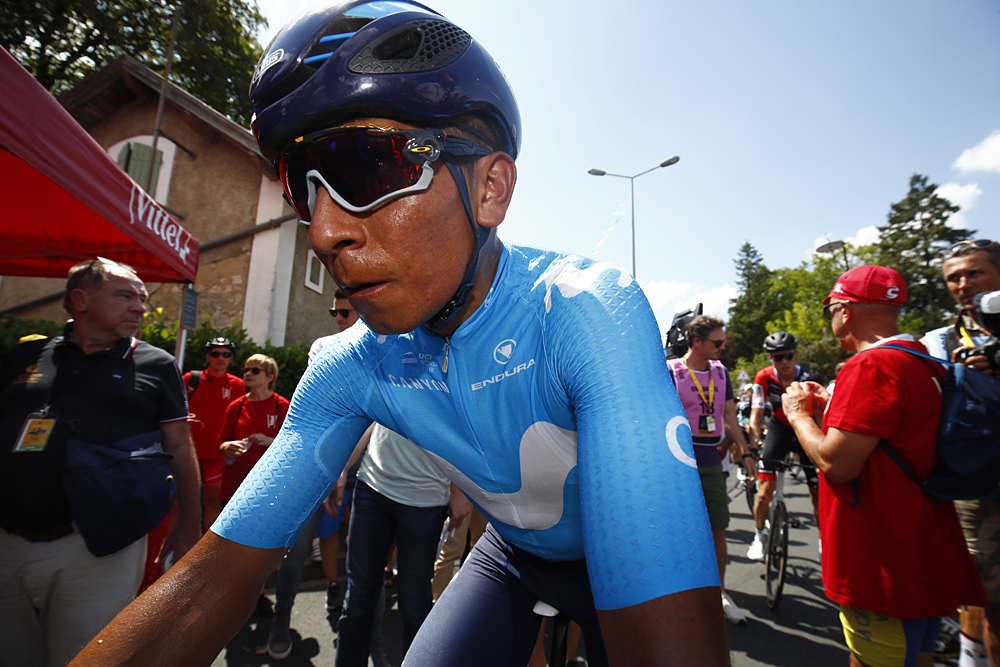
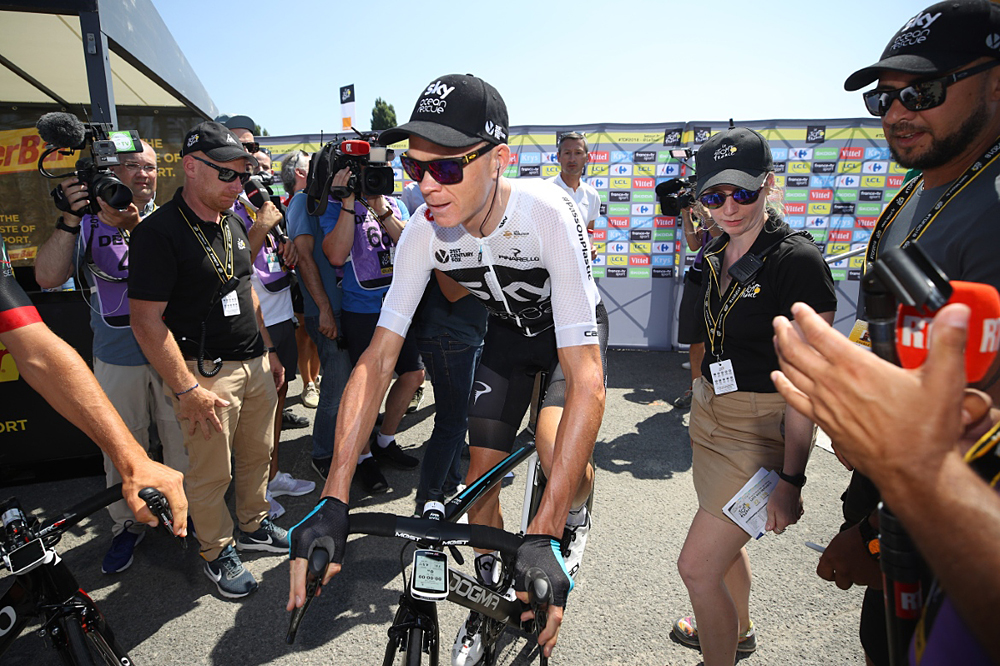
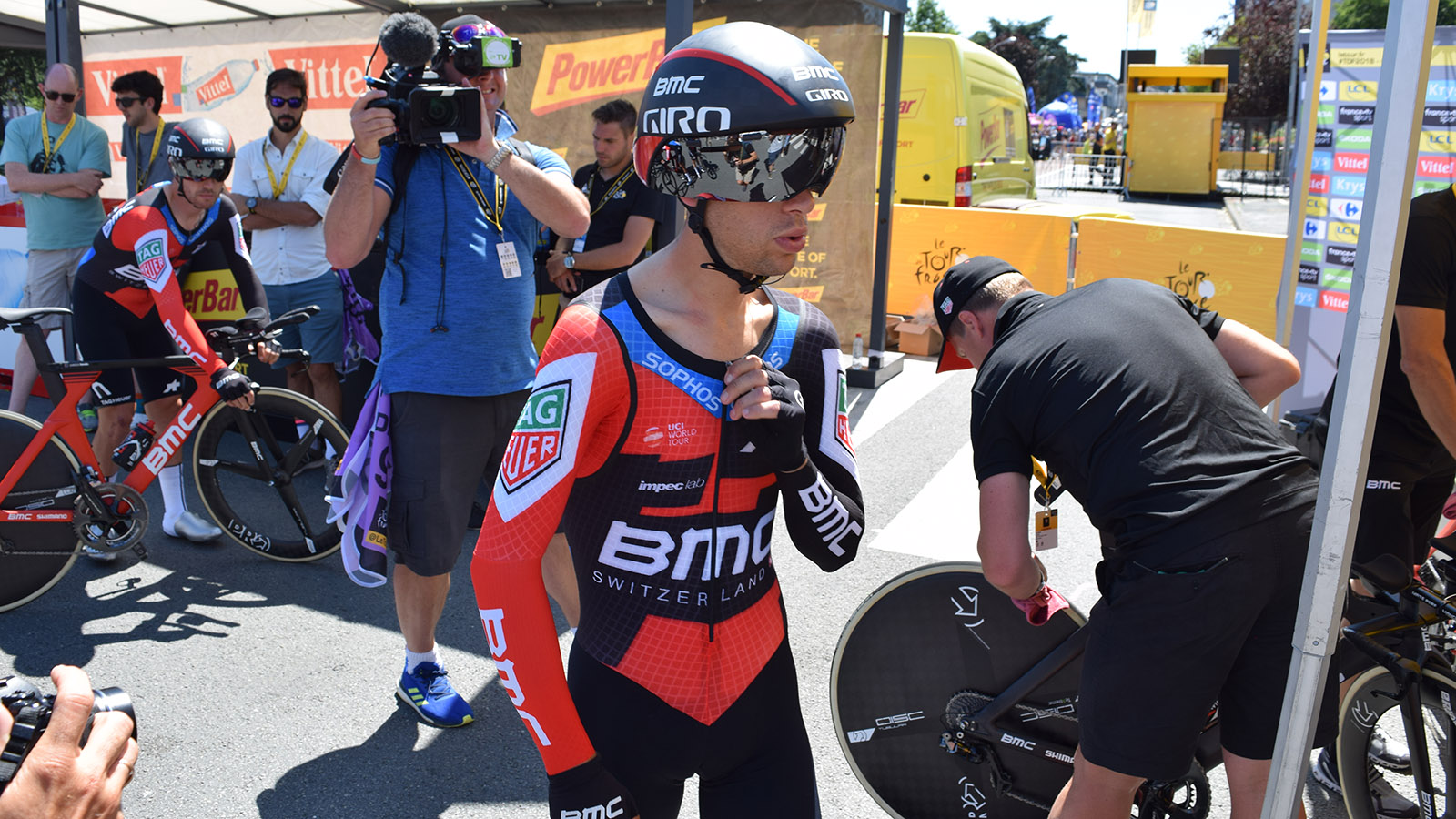
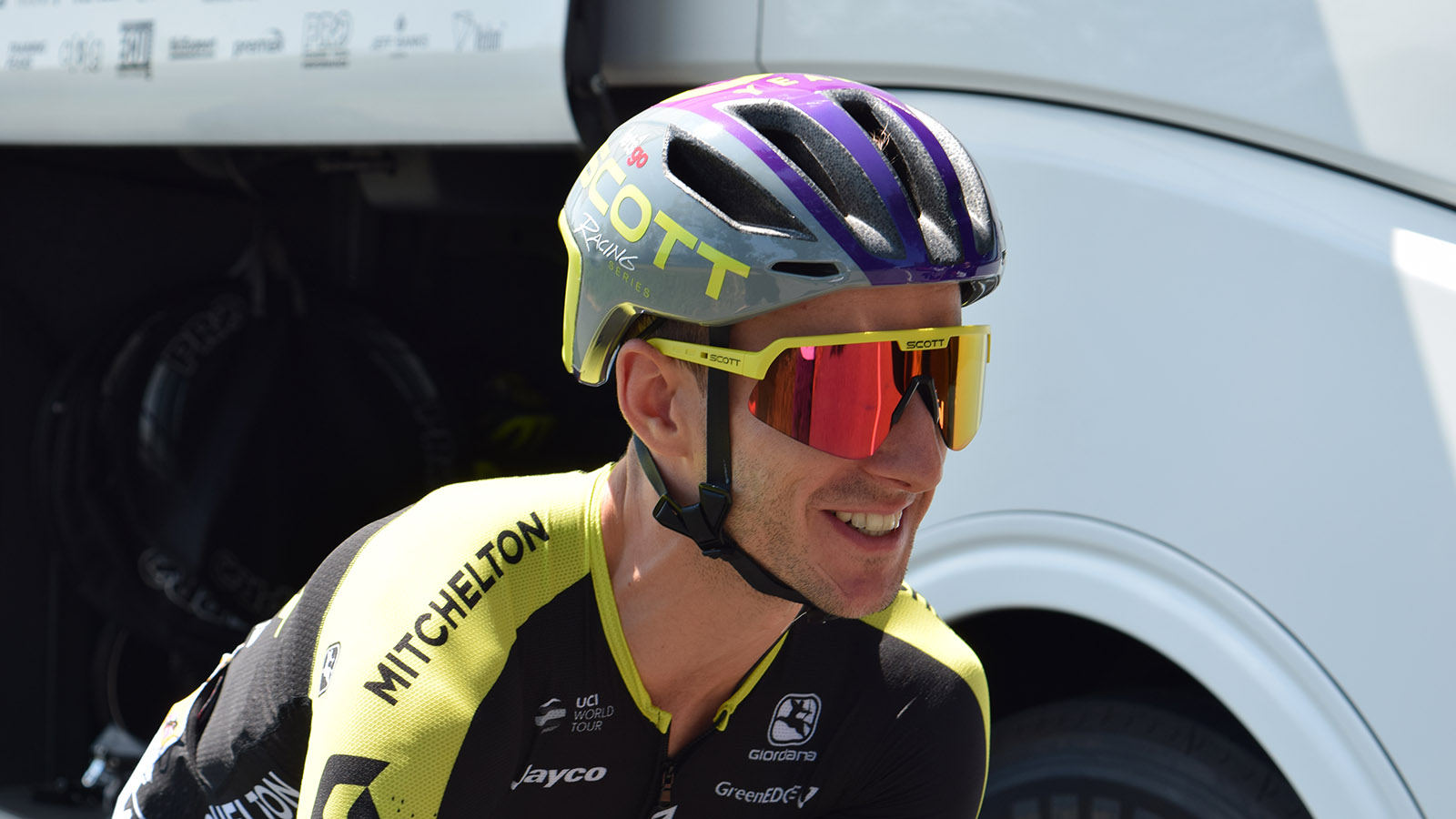
The opening stages of the Tour de France are playing out quite nicely to the historical precedents of lots of crashes and masses of nervous energy being used in an attempt to avoid being in one of those crashes in the first place.
The opening day was typical of the genre. One minute everything seemed to be heading to a full bunch sprint, and then suddenly it was bodies everywhere and complete chaos with no one quite sure of who is where and what's happening.
Interestingly, most of the favourites survived the first big stack, with Richie Porte having the excuse that he was delayed by the incident, but Adam Yates was riding – and still tends to ride – too far back. Their respective bacons were only saved by the following misfortunes of Chris Froome and Nairo Quintana, which could have been bike handling related, bad luck or both for the latter pair.
It's quite remarkable that in each Tour, the Colombian somehow manages to find himself two or three minutes off the lead before the mountains come along. And that's with a team looking after him. Just imagine the mess if he was left to his own devices, which he might well be on the Roubaix cobbles because his luck won't improve until his positioning does.
Mikel Landa has attached himself to Alejandro Valverde in the last half hour of racing, so he might be OK, but Movistar will be rightly worried for their designated leader.
BMC winning the team time trial wasn't a surprise, and it suits Team Sky just fine not to have the responsibility of leading the race straight away. Geraint Thomas might be a little disappointed not to be race leader, especially as it's contract time. However, given how the Welshman is riding, he can afford to stay calm and see how things develop. He holds his place at the head of the bunch much more easily than Froome, so one more mishap for the defending champion and things could get complicated for the Brits.
Of the GC contenders, two stand out as handling the first skirmishes well: Tom Dumoulin, who has a solid team around him for this half of the race, and Rigoberto Uran, the original quiet man of the peloton. A great ride by EF-Drapac in the TTT has him sitting pretty for the moment.
Get The Leadout Newsletter
The latest race content, interviews, features, reviews and expert buying guides, direct to your inbox!
The French didn’t come out of stage 3 in a bad position either, as everyone expected Romain Bardet's AG2R La Mondiale mob to be woeful, but they improved compared to the Dauphiné, so now they only need to get him to the rest day safe and sound.
Brittany
The Brittany stages will take some pressure off the climbers as it's a little easier to maintain position in the peloton but it's still a fight. I don't see the coming days changing the current standings because, while they are harder than what has come before now, they aren't difficult enough to lose guys like Peter Sagan. The sprinters will be cursing, but they have two more days before the cobbles on Sunday to win their stage. Fernando Gaviria is the fastest at the moment and has the best lead-out as well, though Mark Cavendish is getting better and his team are doing the work for him. I can see the Manxman coming very close, if not winning one stage.
There are now four long days to get through before the weekend ends with the Roubaix stage and that fatigue will gradually build up, which will mean more incidents, and when you add in the heat there'll be some guys really suffering.
The race lead ought to stay at BMC until the first rest day but the other jerseys are all likely to change hands, especially the points competition, as Quick-Step will want to be prominent as they get close to home.
Sagan probably won't be too bothered if Gaviria takes over responsibility for a while as – let’s face it – the rainbow stripes are quite nice to ride in too.
More of the same then: Sagan v Gaviria in the sprints, with maybe one of the other fast men upsetting that fight in Chartres or Amiens, and more of the non-WorldTour teams will be in the kamikaze break all day only to be taken back in sight of the finish.
That's the thing about bike racing. You get noticed if you are in the front or at the back. The middle is basically the hiding place for those playing what Sean Kelly, so aptly calls, the waiting game.
The problem is that at this point of the Tour, being in the middle is the least safe position to be.
Ride of the race so far? Lawson Craddock. Since his fall on day one, he's been injured and yet he took pulls in the TTT. His legs must be OK but everything else will be hurting and to be yo-yoing on and off the back takes a lot of courage and mental strength. Whether he will have recovered enough to get through the cobbles on Sunday is the next challenge, but even if he doesn't, then what he's done already demands complete respect.
Philippa York is a long-standing Cyclingnews contributor, providing expert racing analysis. As one of the early British racers to take the plunge and relocate to France with the famed ACBB club in the 1980's, she was the inspiration for a generation of racing cyclists – and cycling fans – from the UK.
The Glaswegian gained a contract with Peugeot in 1980, making her Tour de France debut in 1983 and taking a solo win in Bagnères-de-Luchon in the Pyrenees, the mountain range which would prove a happy hunting ground throughout her Tour career.
The following year's race would prove to be one of her finest seasons, becoming the first rider from the UK to win the polka dot jersey at the Tour, whilst also becoming Britain's highest-ever placed GC finisher with 4th spot.
She finished runner-up at the Vuelta a España in 1985 and 1986, to Pedro Delgado and Álvaro Pino respectively, and at the Giro d'Italia in 1987. Stage race victories include the Volta a Catalunya (1985), Tour of Britain (1989) and Critérium du Dauphiné Libéré (1990). York retired from professional cycling as reigning British champion following the collapse of Le Groupement in 1995.
